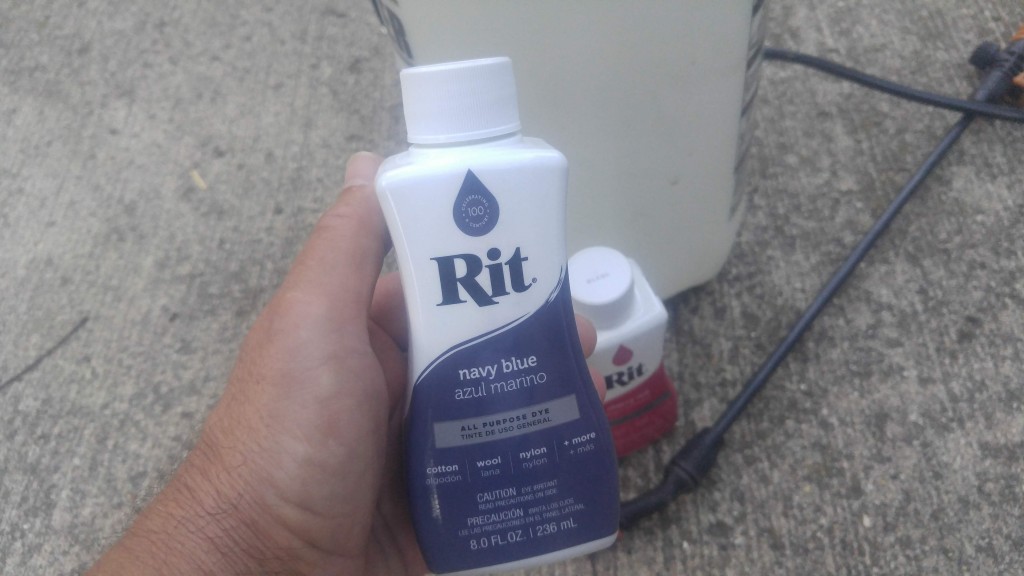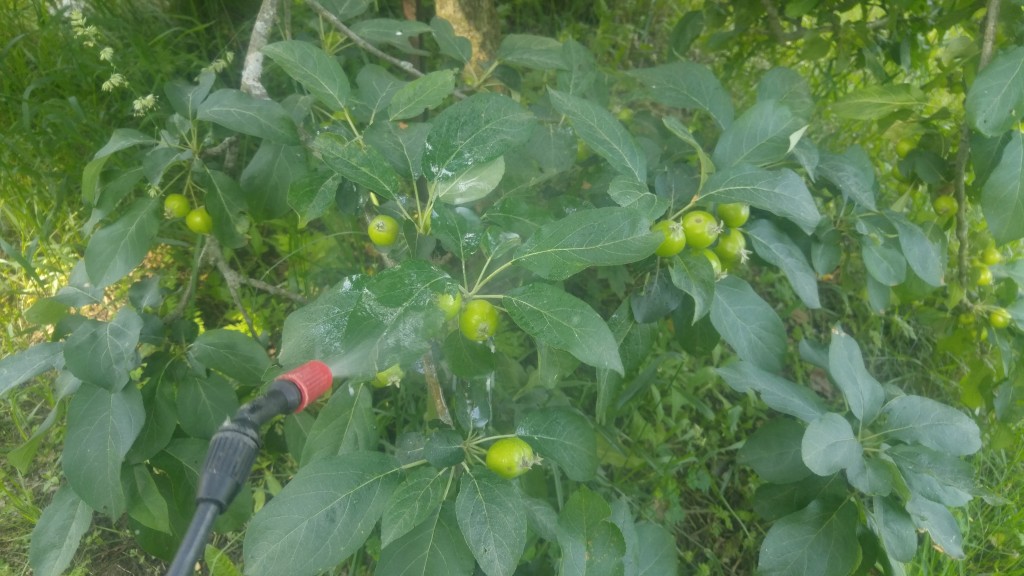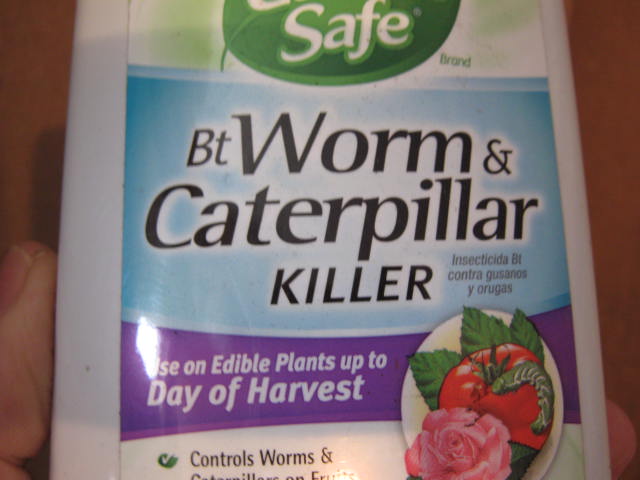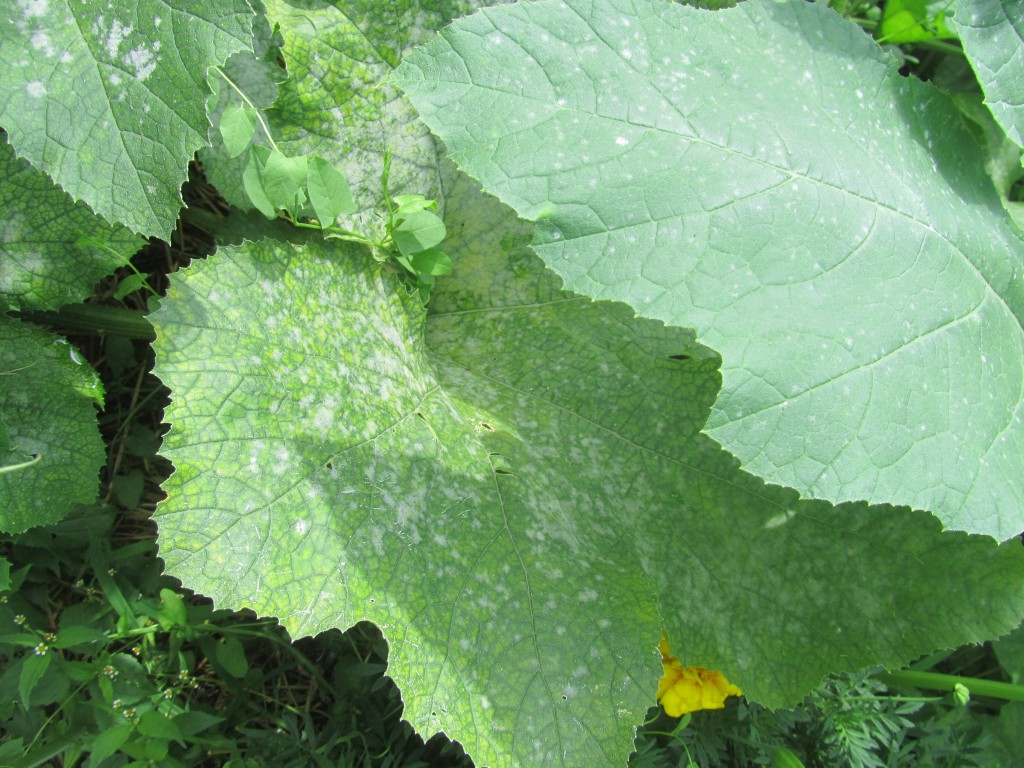So far it’s been a great growing season for trees, shrubs and perennial plants. Maybe you’ve noticed how much growth has been made so far this year making the landscape look so much more green. I bet, a hundred years from now, when people are looking at tree rings, they’ll notice how large the growth ring is from 2019.
Along with everything else, problem plants such as poison ivy have also been going great guns. It’s a good idea to knock back these plants before they get out of control. The most efficient way is to use herbicide sprays.
The most popular herbicides, such as Round-up and others, are the “non-selective” type meaning they will kill just about any and all plants they touch. When applying these herbicides, it’s very easy to overspray and accidentally kill neighboring desirable plants along with the weed you’re trying to get rid of. To minimize that problem, farmers, landscapers and other plant professionals use a marker dye added to their spray mix to help them see where they sprayed. Generally those dyes wash off in the rain or otherwise dissipate pretty quickly after drying. Those kinds of marker or indicator dyes are available at hardware stores and farm supply stores.
An excellent alternative to marker dyes for homeowners is Rit all-purpose fabric dye. Rit actually dyes the plant leaves, leaving the color visible for quite some time. That is a great advantage if you don’t get all of your spraying done and have to return later to finish the job.
Traditionally, blue is the color used for indicator dyes. This year I’m also trying out red to see how it works, mainly because it was on sale for half price. If it doesn’t work, maybe I’ll try tie dying some tee-shirts.
About one and one-third ounces of liquid Navy Blue Rit will dye a gallon of spray and provide enough color to produce a light-blue hue that will be noticeable on the plants even after drying.
An eight ounce bottle of liquid Rit runs around five bucks at craft stores.
Bob



